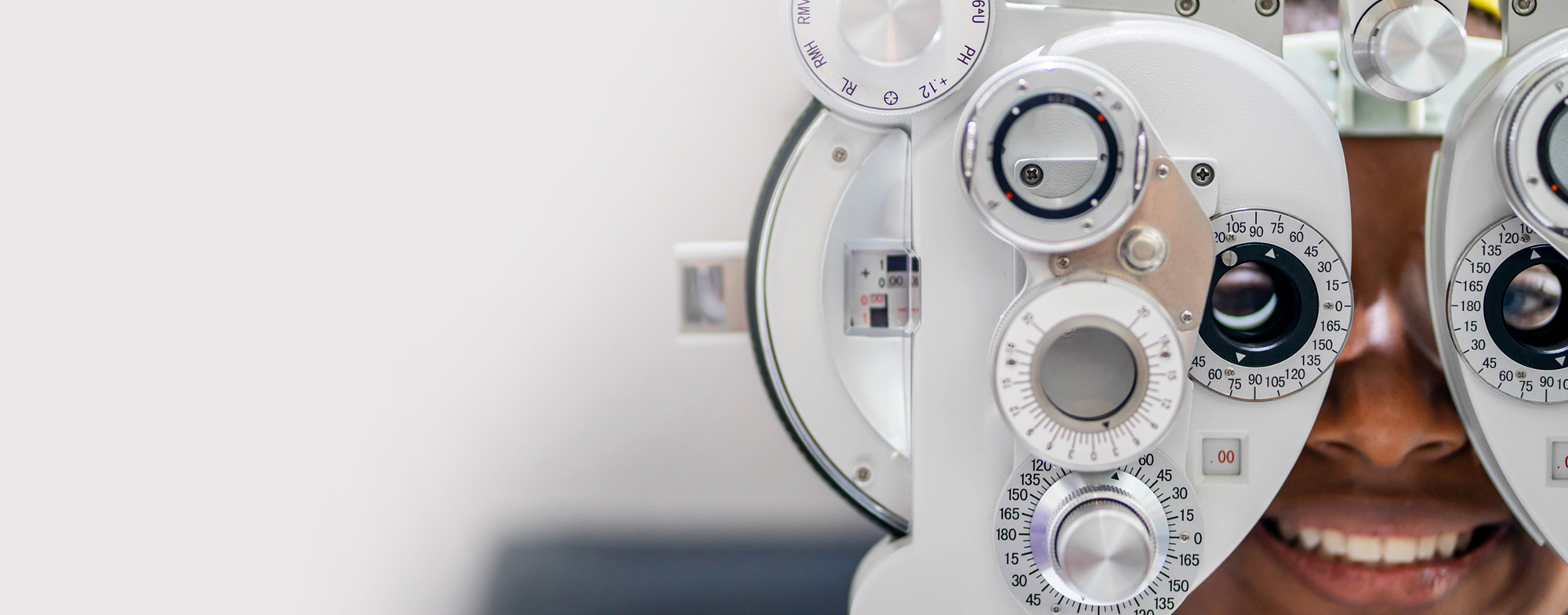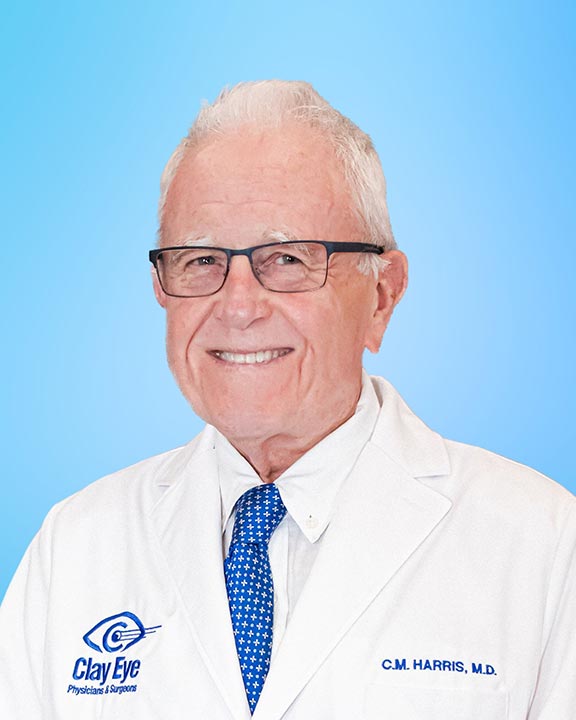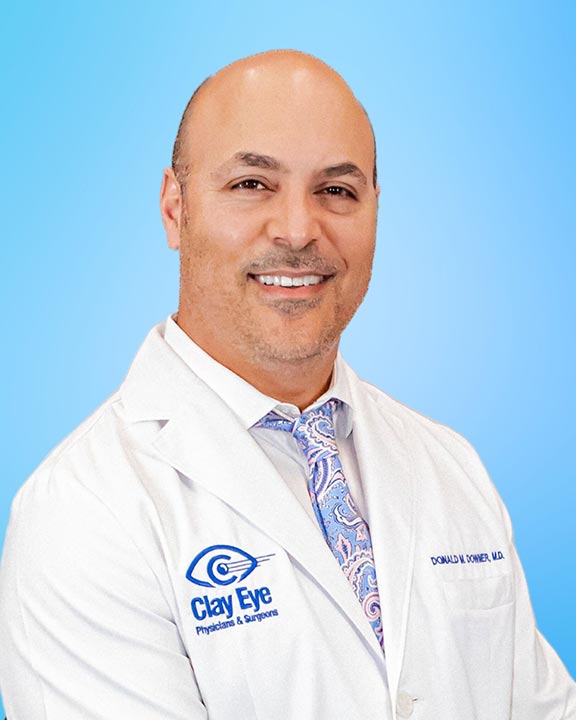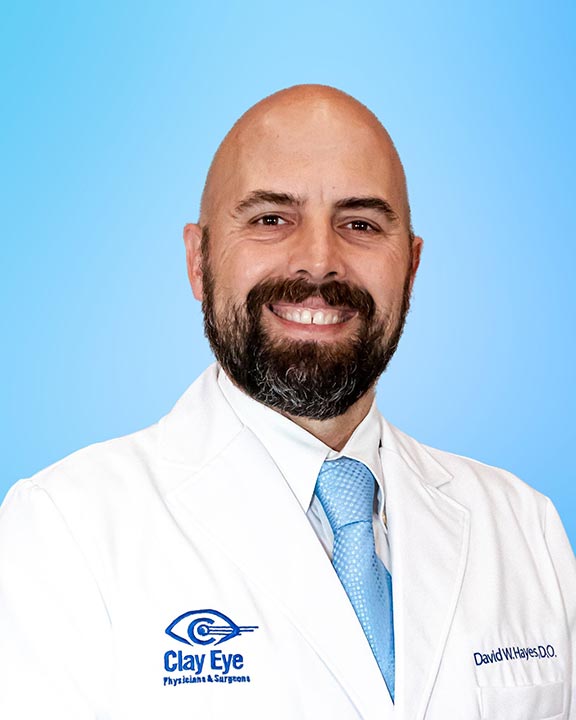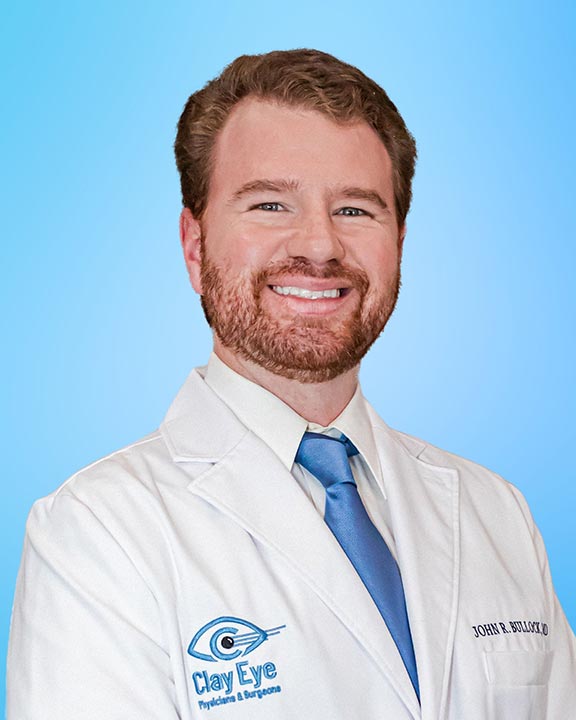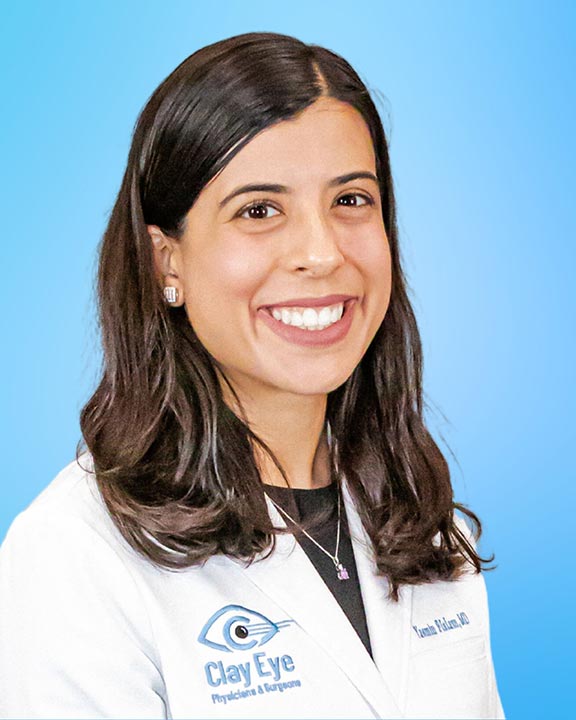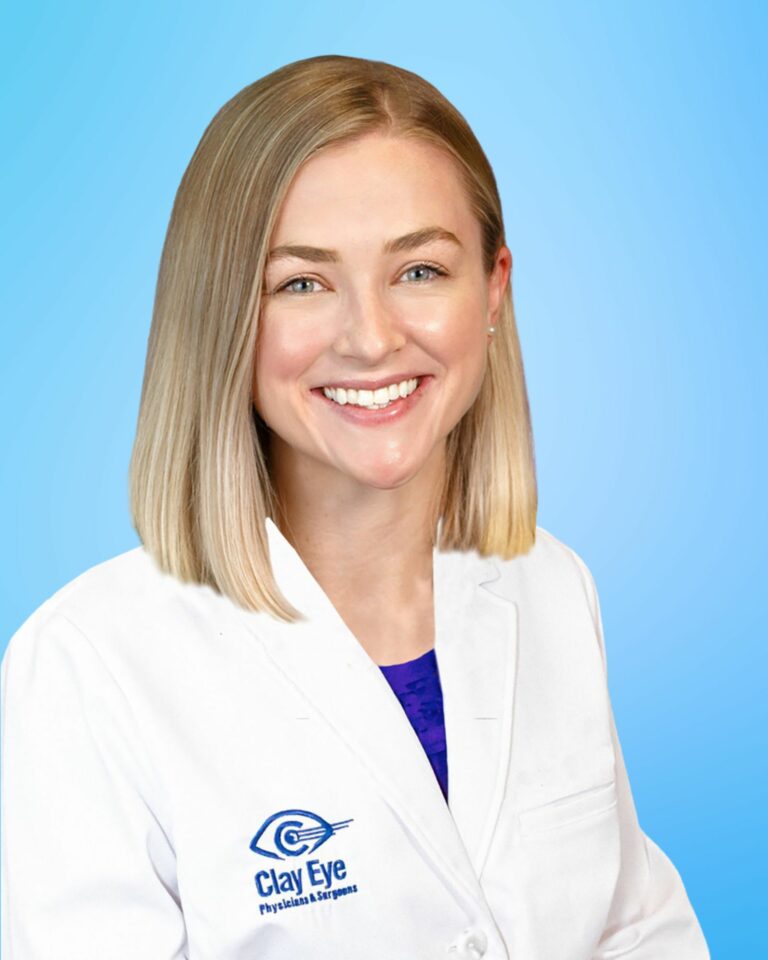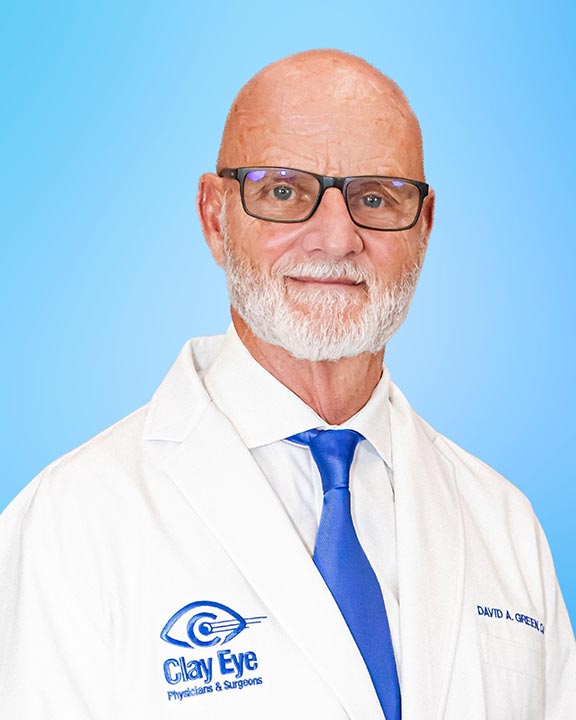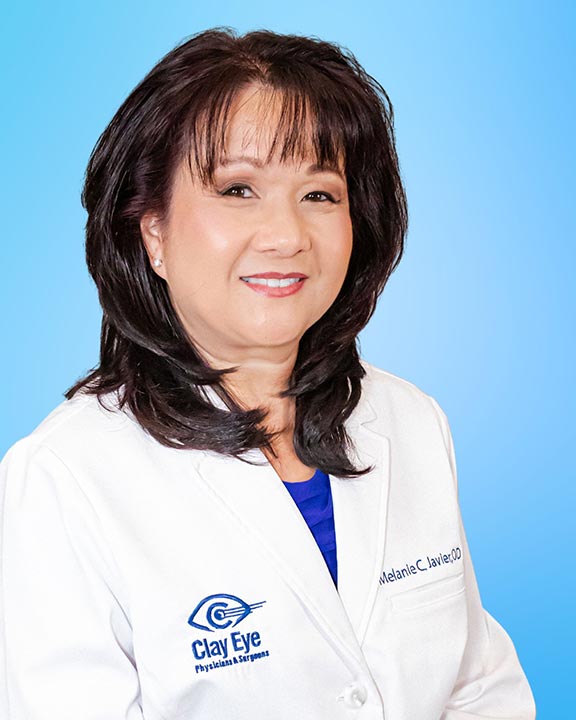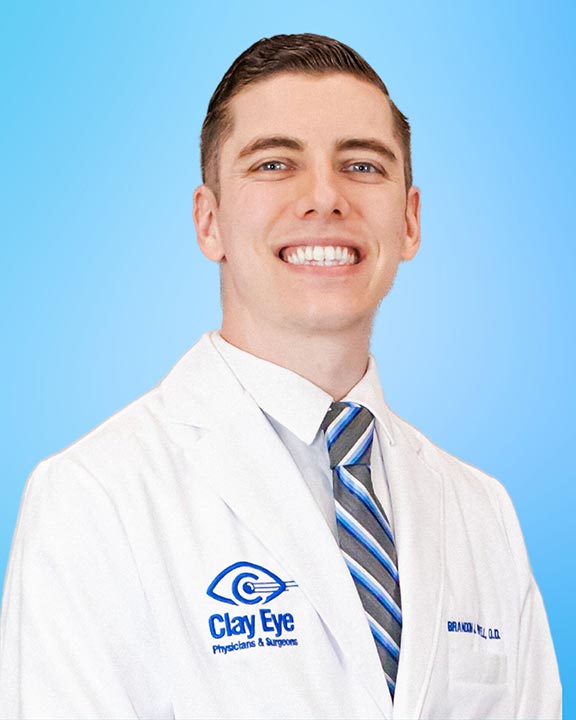Preparing for Your Eye Exam
When calling Clay Eye Physicians & Surgeons to make an eye appointment, be prepared to describe any current vision problems. Our experienced team will get your appointment scheduled, and send out any necessary paperwork for you to complete prior to your exam. You can also access this paperwork online by visiting our patient forms page online.
Before Your Appointment
Before going to the appointment, patients should gather the following information to help answer questions the eye care professional may ask:
- Symptoms of current eye problems (flashes of light, difficulty seeing at night, temporary double vision, loss of vision, etc.).
- Eye injuries or eye surgeries (approximate dates, where treated).
- A family history of eye problems, glaucoma, macular degeneration, cataracts, etc.).
- Any questions about their vision, glasses, contacts, laser surgery, etc.
- A list of all prescriptions and over-the-counter drugs currently being used.
- Their general health condition (allergies, chronic health problems, operations, etc.).
- Any paperwork provided for completion.
What to Bring
Patients should also take the following items with them to their eye appointment:
- Glasses, contact lenses or both.
- A list of all prescriptions and over-the-counter drugs currently being taken.
- Medical or health insurance card.
Signs that You May Need an Eye Exam:
Adults
- Arms are suddenly “too short,” i.e., need to hold the newspaper or other reading material far away.
- Unusual difficulty adjusting to dark rooms.
- Difficulty focusing on close or distant objects.
- Unusual sensitivity to light or glare.
- Change in the color of the iris.
- Red-rimmed, encrusted, or swollen lids.
- Recurrent pain in or around the eyes.
- Double vision.
- Dark spot at the center of their vision.
- Lines and straight edges appear wavy or distorted.
- Excess tearing or “watery eyes.”
- Dry eyes with itching or burning.
- Seeing spots or ghost-like images.
If you are experiencing any of the symptoms above schedule an eye exam at Clay Eye Physicians and Surgeons.
The following symptoms are indications of serious medical problems that require immediate attention:
- Sudden loss of vision in one eye.
- Sudden hazy or blurred vision.
- Flashes of light or black spots in the field of vision.
- Halos or rainbows around lights.
- Curtain-like blotting out of vision.
- Loss of peripheral (side) vision.
If you are experiencing any of these symptoms call our office immediately at 904-272-2020.
Routine Eye Exams
Visual acuity tests measure the smallest object each eye can see at a certain distance. Normally, each eye will be done individually by covering one eye at a time. It may be necessary to tape a patch over a child’s eye to keep him from peeking. The use of the Snellen chart is the most common way to test visual acuity. This chart letters and numbers that decrease in size. When taking the test, the distance between the patient and the chart is 20 feet.
20/20 vision is normal. If a person has 20/40 vision, they see at twenty feet what a normal eye sees at forty feet. If a person has 20/200 vision, they are legally blind. They only see at twenty feet what a normal eye sees at two hundred feet. If they have 20/15 vision, they see better than normal. They see at 20 feet what the normal eye would have to bring in to 15 feet to see.
For children that do not know letters and numbers, they can be tested with the Tumbling E chart. To take this test, the child points his/her finger in the same direction as the E is pointing. Children who are younger than four may have trouble with this test so there are several different tests used to obtain a child’s accurate visual acuity.
Comprehensive Eye Exams
A comprehensive dilated eye exam can tell you so much about your overall health allowing your ophthalmologist to detect damage or disease. It is the only way to detect diseases that may have no warning signs in their early stages, such as glaucoma, diabetic eye disease, and age-related macular degeneration.
A group practice such as Clay Eye offers patients comprehensive eye care… essentially, everything under one roof. For example, with our practice, a patient could come in for a routine eye exam and learn through testing that they have glaucoma. Instead of obtaining their records and scheduling an appointment with a glaucoma specialist elsewhere, we have an in-house glaucoma specialist on our team.
What happens during a comprehensive eye exam?
- Review of family and personal health history.
- Examination of the interior and exterior of the eye for signs of eye disease or general health problems such as diabetes or hardening of the arteries.
- Eye pressure and field of vision tests to diagnose glaucoma.
- Tests of ability to see sharply and clearly at both close and far distances.
- Tests to determine the presence of nearsightedness, farsightedness, astigmatism, depth perception problems, and in people over age 40, presbyopia.
- Check of eye coordination and eye muscle function to make sure the eyes are working together as a team.
- Test of ability to change focus easily from near to far, and vice versa.
Additional tests for young children include:
- Check for indications of crossed eyes.
- Check to ensure the child is using both eyes.
- Tests to check eye-hand-foot coordination.
- Tests to determine how well the child’s vision skills are developing.
- Tests to determine normal color vision.
Your visit to Clay Eye Physicians & Surgeons will include a discussion of the exam’s findings and any treatment prescribed.

